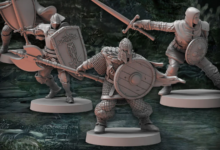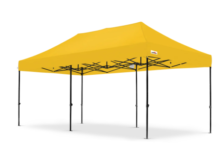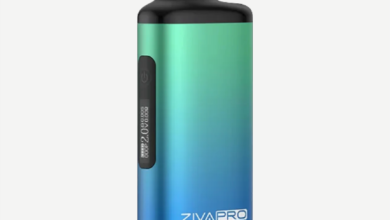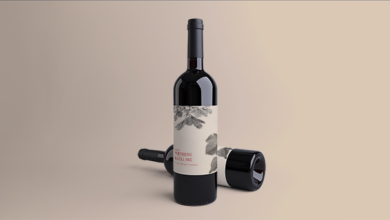
How to Run a Social Media Marketing Campaign on a Budget
Are you aware that 90% of marketers say that developing a social media marketing campaign has given their business more exposure?
Since most people have smartphones and multiple social media accounts, businesses can’t afford to stay away from these platforms. It may seem silly to make business accounts on social media, but you’d be surprised by how much you can get in return when you invest the smart way.
Do you want to know how you can develop an inexpensive digital marketing plan that will boost sales? Keep reading this guide so you can learn the latest tips.
Table of Contents
Figure Out Which Platforms Are Most Effective
Before you can come up with inexpensive digital marketing strategies, you should take some time to research the different platforms and how each could benefit your unique business.
For example, if you run a bakery, then Instagram is the perfect place where you can post mouthwatering photos of all your confections. It wouldn’t make as much sense to invest in a platform like Twitter that’s all about sharing brief texts.
Pay Attention to Analytics
The worst part about social media marketing is that even the most brilliant plans could fall short of your expectations. With algorithms that change on a regular basis and other factors that are out of your control, you need to pay close attention to your analytics.
This is concrete information that will let you know what works and what doesn’t. After you’ve studied the posts that performed well, you can try to create similar content in the future.
Stay True to Your Brand
A common mistake that small businesses make when they try to expand their digital marketing efforts is following trends too much. It’s always wise to stay informed, but you should never ditch the brand you’ve been building this whole time to make a viral post.
Consistency is the key to long-term success, so don’t get greedy.
Team Up With Smaller Influencers
Businesses that need cheap digital marketing strategies shouldn’t overlook the possibility of teaming up with smaller influencers. Even though their reach may not be as large as other creators, they’ll be happy to accept a smaller payment or even free products.
To get the most out of this partnership, you’ll need to find influencers who align with your brand.
Work With Social Media Marketing Campaign Experts
Brainstorming new social media ideas and tracking their success is a lot of work. If you want to get guaranteed results, then it’s worth investing in professional help from experts like Inbound Things.
They’ll take the stress out of the process and grow your brand like never before.
These Budget Digital Marketing Strategies Will Make a Difference
Creating cheap digital marketing plans may seem too good to be true, but you can make your dollars stretch far. Following this advice on how to create an affordable social media marketing campaign will help your business reach the next level.
Are you hungry for extra marketing advice? Have a look around our blog to find more.
Following this advice on how to create an affordable social media marketing campaign will help your business reach the next level.
Are you hungry for extra marketing advice? Have a look around our blog to find more.








